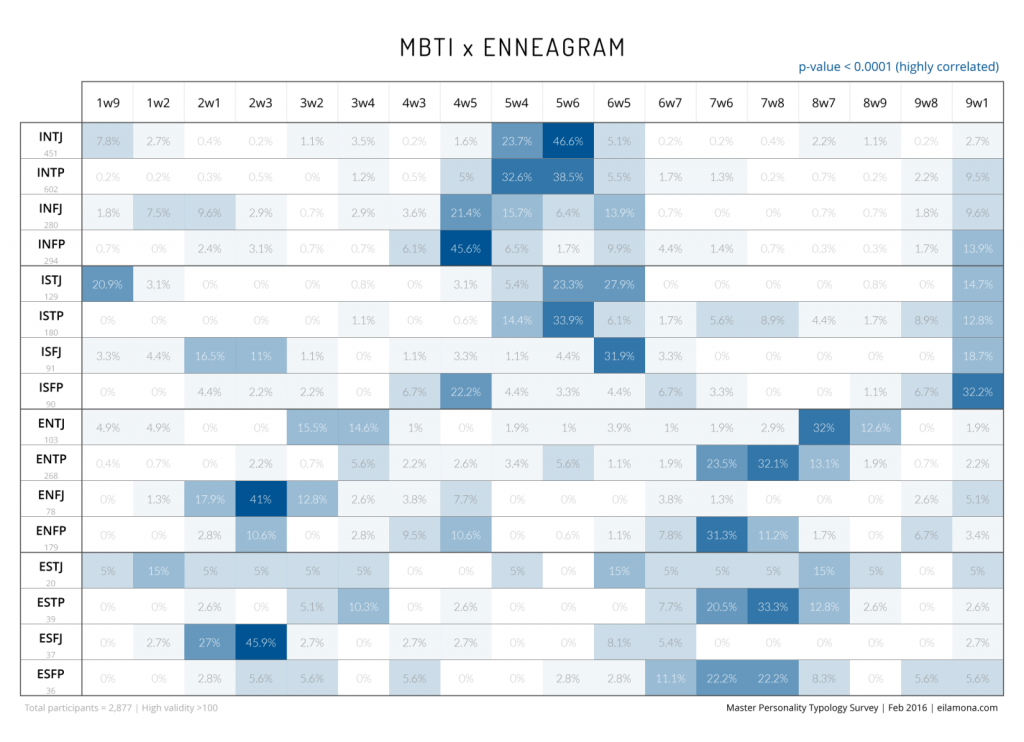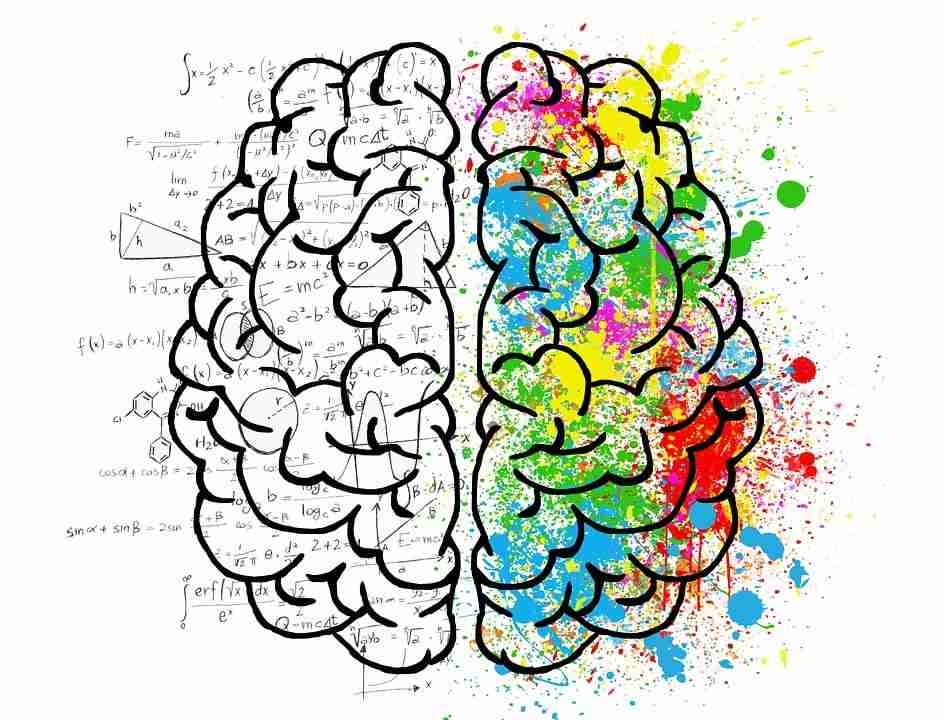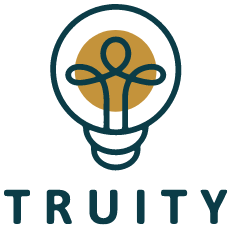With strong factions on both sides, the MBTI Enneagram battle has always been a strong and constantly raging one! But is it possible that both these personality systems have a connection?
Read on to get in on the topic.
Enneagram and MBTI: What Are They?
Before we go any further, it’s important to understand what both systems are and how they work (we’ll keep it brief, we promise!).
The Enneagram personality system divides people into nine types based on their basic fears and motivations. These are what define how people live their lives, react to things, and interact with everyone in their life. The system helps gain a better understanding of yourself while allowing growth.

The different types in this system are (rather unimaginatively) type 1, type 2, type 3, type 4, type 5, type 6, type 7, type 8, and type 9. Each one also has a descriptive name, so we have the Advocate, the Wingman (no, we aren’t kidding you), the Pioneer, Flying Solo, the Scholar, the Dependable, the Aficionado, the Rival, and the Keeper of the Peace.
The Myers-Briggs Type Indicator (MBTI) types people into 16 (yes, 16!) personality types, based on how decisions are made and information is perceived. This system is pretty straightforward and each personality type is a combination of the following:
- E (Extrovert) or I (Introvert)
- S (Sensing) or N (Intuitive)
- T (Thinking) or F (Feeling)
- P (Perceiving) or J (Judging)
You’re either S or N, depending on how you perceive information and either F or T, depending on whether you use emotions or logic to make your decisions. According to the MBTI system, you’re born with your personality (too bad for some of us) but how you can use your traits depends on you.
For example, if you’re emotional, you can either use this to fight for causes you feel passionately about or simply go about getting offended at everything on social media—your call.
Enneagram MBTI Correlations
Though they’re both personality systems, does it mean that the MBTI and Enneagram are correlated?

There is some overlapping in the characteristics and behavior, which leads to the belief that certain MBTI types correlate with some Enneagram types. That doesn’t mean that one whole MBTI type is equivalent to one whole Enneagram type; an Enneagram type 4, say, may include both INFJs and ISFPs. Exclusive pairings are rare.
Common MBTI and Enneagram Matches
Some common enneagram MBTI correlations, according to a poll of over 3000 people:

Let’s break this down by cohorts IN, IS, EN, and ES.
Introversion & Intuition
- INTJ matches most to type 5 and least to type 7
- INTP matches most to type 5 and least to type 8
- INFJ matches most to type 5 and least to type 7
- INFP matches most to type 4 and least to type 8
What is interesting to note here is the ‘IN’s are all pretty grouped to types 4 & 5. This makes a lot of sense as these are the typical introverted and intuitive types in the Enneagram.
Introversion & Sensing
- ISTJ matches most to type 9 and least to type 7
- ISTP matches most to type 5 and least to type 7
- ISFJ matches most to type 5 and least to type 7
- ISFP matches most to type 9 and least to type 7
Although very similar to the ‘IN’s, we see quite a big pull to the type 9’s (especially if we include the wings). This follows as 9’s are typically more sensing (‘IS’) of their surroundings and less reliant on logic and intuition. Still introverts though!
Extroversion and Intuition
- ENTJ matches most to type 8 and least to type 4
- ENTP matches most to type 7 and least to type 1
- ENFJ matches most to type 2 and least to type 5
- ENFP matches most to type 7 and least to type 5
We see a near complete flip from the ‘IN’s to the ‘EN’s. Most ‘EN’s are type 7s and 2s. Again – making a lot of sense as these are the more extroverted enneagram types.
Extroversion & Sensing
- ESTJ matches most to type 8 and least to type 5
- ESTP matches most to type 7 and least to type 5
- ESFJ matches most to type 2 and least to type 5
- ESFP matches most to type 7 and least to type 1
Again, this cohort doesn’t differ much from the ‘EN’s, but the ‘ES’s still seem to have a little more in the type 9s and 6s. What is most peculiar is the massive grouping of the ESFJs on type 2. Almost 75% of ESFJs also tested as a type 2!
It should be noted that the least matches could also be because the relevant types didn’t take the poll. Additionally, the accuracy of the poll is limited as all of these tests are self-identified.
MBTI vs Enneagram
As you would have noticed by now, the very core of both the MBTI and Enneagram systems are different—the former focuses on the traits and types of personalities that you’re born with, while the latter is more concerned with nurturing whatever personality type you are.
Of course, the differences don’t end there—here’s the low-down on what separates and unites the Enneagram and Myers-Briggs systems.
Abbey Howe once again can help you out recognizing and diving into the differences between the myers briggs vs enneagram:
Enneagram vs Myers-Briggs: Differences
Some of the key differences:
- Classifications: In MBTI, we have 4 main personalities that are further divided into 4 types each, making for a grand total of 16 personalities. In the Enneagram system, we just have nine basic personality types to contend with.
- Personality Traits: In the MBTI system, there are more personalities, but the traits that each personality exhibits are few, while in the Enneagram system, there are fewer personalities but each with several characteristics.
- Analytical Component: The MBTI system is more critical, analytical, and objective than the Enneagram system, which the former inherits from its like-minded creators and inspirations (okay, granted—Dr. Carl Jung may have been something of an oddball, but he did create analytical psychology, which lies at the heart of the MBTI system!).

According to this system, personality types are described as is and objectively—“Jack is inquisitive, mean, and introverted” as opposed to the Enneagram’s “Scattered Jack becomes critical at One when moving in the Direction of Disintegration and fascinated by life when moving in the Direction of Integration”. (Disclaimer—exaggeration involved, but you get the drift!).
- Core Motivation: According to the Enneagram system, your basic fears and desires are what drive you in daily life, whereas in the MBTI system, your traits themselves drive you.
For example, a type 7 Enneagram is driven by the desire to be satisfied and the fear of being in pain (rather dramatic, we know!) while an ENTP (the closest to a type 7) is driven by their natural inquisitiveness and mental exploration.
In short, the Enneagram system describes why we do what do while the MBTI explains how we do it. - Nuances: The Enneagram system is more wholesome and nuanced, even if not necessarily more detailed or structured, than the MBTI system.
- Stance vs Traits: At the end of the day, the Enneagram system seeks to reveal how personality types interact with each other and the world (“stance”), while the MBTI system reveals only traits and characteristics and lets you make sense of how you want to interact with the world, based on your traits, on your own!
- Typing Others: Identifying with an Enneagram type is an internal thing (which is also what adds to the subjectivity in this system). You can’t really type others—it’s best to use the Enneagram to understand yourself.
The MBTI comes in handy when you want to understand others. In this system, it’s possible to type others, and it’s also easier because of the simplicity and objectivity presented by the eight letters.
Myers-Briggs vs Enneagram: Similarities
Apart from the fact that they’re both personality-typing systems, there’s not much in common between the Enneagram and Myers-Briggs systems.
The Bottom Line
With both similarities, differences, and matching personality types, one can assume a connection between MBTI and Enneagram. Using both in conjunction can lead to a better understanding of oneself and the world instead of viewing them as opposing forces.

